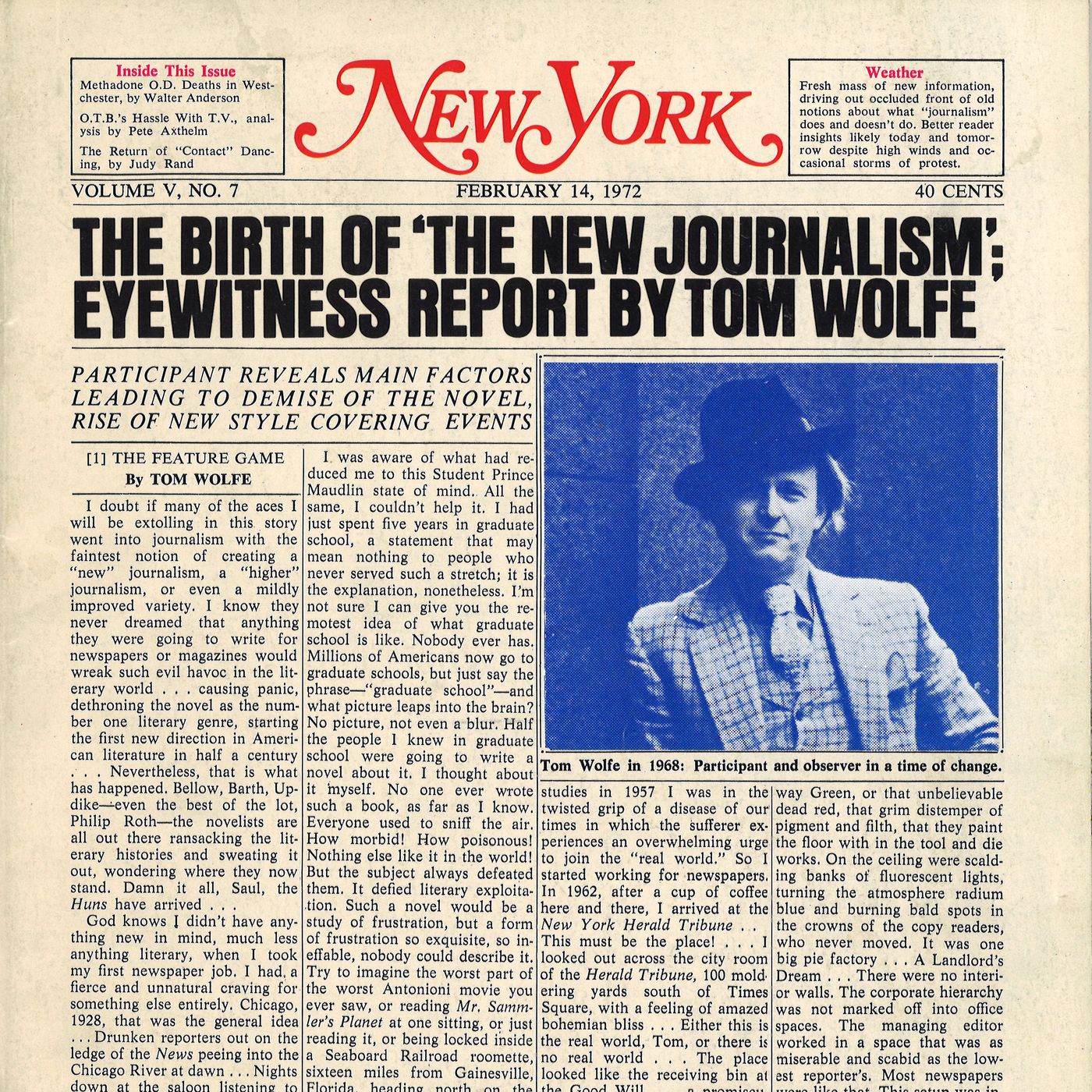The Best Strategy To Use For News Articles
Table of ContentsSee This Report on News ArticlesThe 6-Second Trick For News Articles9 Easy Facts About News Articles DescribedNews Articles Fundamentals ExplainedRumored Buzz on News Articles
Good understanding of different subjects offers trainees an one-upmanship over their peers. Despite the fact that electronic and social media sites are readily obtainable, we need to not fail to remember exactly how vital it is to read the newspapers. Parents have to try and inculcate the habit of reviewing a paper as a daily routine to proceed the heritage of the adored print tool.Information stories likewise contain at the very least among the following essential attributes about the desired target market: closeness, prominence, timeliness, human passion, strangeness, or consequence. The associated term journalese is sometimes used, normally pejoratively, to refer to news-style writing. An additional is headlinese. Newspapers normally comply with an expository writing style.
Within these limitations, news stories additionally aim to be detailed. Among the bigger and a lot more reputable papers, justness and equilibrium is a significant aspect in presenting information.
Papers with an international target market, for instance, often tend to use an extra official style of creating. The certain selections made by a news outlet's editor or editorial board are often collected in a style guide; usual design overviews include the and the United States Information Design Book. The major goals of information writing can be summarized by the ABCs of journalism: precision, brevity, and clarity.
Some Known Details About News Articles
As a policy, journalists will certainly not make use of a long word when a short one will certainly do. They utilize subject-verb-object construction and brilliant, energetic prose (see Grammar). They provide stories, instances and metaphors, and they seldom rely on generalizations or abstract ideas. News authors try to stay clear of utilizing the same word greater than once in a paragraph (sometimes called an "echo" or "word mirror").
Nonetheless, headings occasionally omit the subject (e.g., "Leaps From Watercraft, Catches in Wheel") or verb (e.g., "Pet cat woman lucky"). A subhead (additionally subhed, sub-headline, subheading, caption, deck or dek) can be either a secondary title under the main heading, or the heading of a subsection of the short article. It is a heading that comes before the primary message, or a group of paragraphs of the main message.
Added signboards of any of these types may show up later in the write-up (particularly on subsequent web pages) to entice additional reading. Such billboards are likewise used as pointers to the short article in various other areas of the magazine or site, or as ads for the item in other magazine or websites. try this Typical structure with title, lead paragraph (recap in bold), various other paragraphs (details) and get in touch with details.

Instance of a hard-lead paragraph NASA is proposing another room project. The firm's budget plan request, revealed today, consisted of a plan to send out from this source another mission to the Moon. This time the company wishes to establish a lasting facility as a jumping-off point for various other room adventures. The budget requests around $10 billion for the job.
The NASA statement came as the firm asked for $10 billion of appropriations for the task. An "off-lead" is the 2nd most crucial front web page information of the day. The off-lead shows up either in the top left edge, or straight below the lead on the right. To "hide the lead" is to start the post with background details or details of secondary importance to the readers, forcing them to find out more deeply into a short article than they need to have to in order to uncover the useful site necessary points.
Not known Facts About News Articles
Typical usage is that or 2 sentences each form their own paragraph. Journalists typically define the company or framework of a newspaper article as an inverted pyramid. The necessary and most intriguing aspects of a tale are put at the start, with supporting details adhering to in order of decreasing importance.
It allows individuals to explore a topic to just the depth that their interest takes them, and without the imposition of details or subtleties that they could think about unnecessary, but still making that info available to much more interested readers. The upside down pyramid framework additionally makes it possible for articles to be cut to any type of arbitrary length throughout format, to suit the area offered.
Some writers begin their tales with the "1-2-3 lead", yet there are several sort of lead available. This layout invariably begins with a "5 Ws" opening up paragraph (as explained over), complied with by an indirect quote that serves to sustain a major component of the initial paragraph, and afterwards a direct quote to support the indirect quote. [] A twist can describe multiple points: The last tale current broadcast; a "satisfied" story to finish the show.
Longer write-ups, such as magazine cover write-ups and the items that lead the within areas of a newspaper, are understood as. Attribute tales vary from straight news in numerous means.
Everything about News Articles
A function's very first paragraphs usually associate a fascinating minute or occasion, as in an "unscientific lead". From the details of an individual or episode, its view quickly broadens to generalities about the story's topic.

The Editor's Tool kit: A Reference Overview for Beginners and Professionals (2001) Allan M. Siegal and William G. Connolly. The New York Times Manual of Design and Usage: The Authorities Design Guide Made Use Of by the Writers and Editors of the World's The majority of Authoritative Paper (2002) M. L. Stein, Susan Paterno, and R.
Comments on “News Articles Fundamentals Explained”